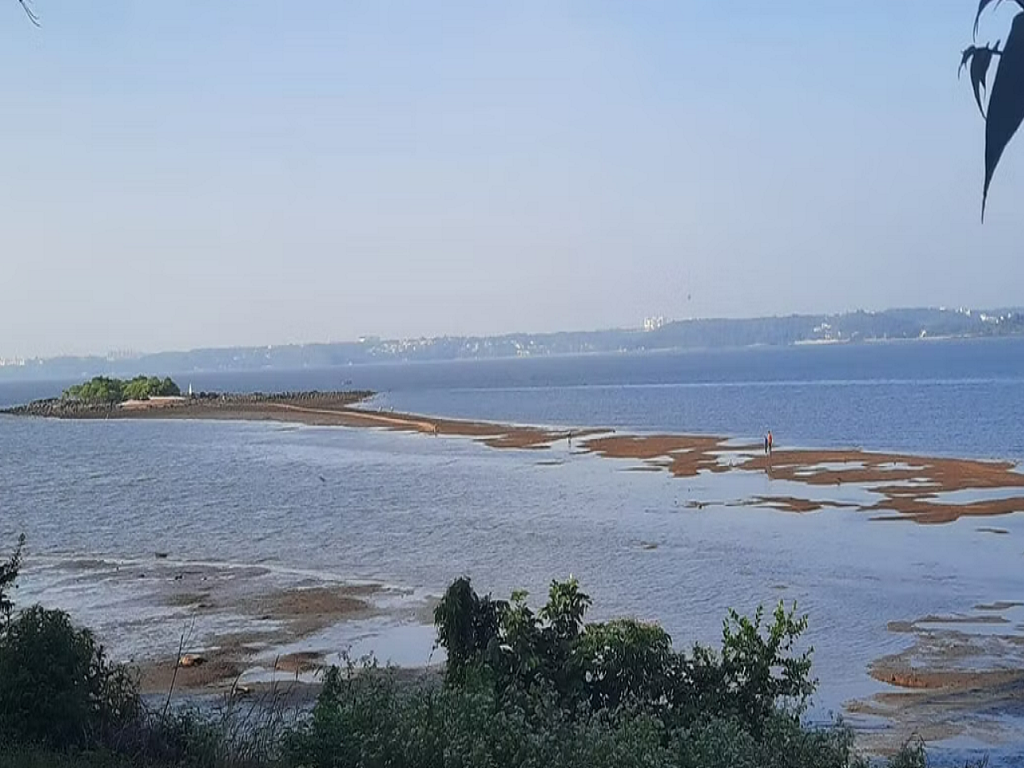
Participants caught and counted 47 fish species and 16 shrimp species in an interesting exercise to showcase the fish diversity in Chicalim Bay. On Sunday, the St Joseph Vaz College, Cortalim, in collaboration with the Central Coastal Agricultural Research Institute, conducted a fish count as well as an interaction between fishermen and scientists.
Five motorized canoes ventured into the Zuari to catch fish, according to Fr Bolmax Pereira of St Joseph Vaz College. Although the plan was to approach Varek island near St Jacinto Island, low tide prompted the canoes to move to a neighboring region and they caught fish there instead, he added.
"During the interaction session, we learned that the local fisherfolk caught 47 different sorts of fish and 16 different types of shrimp, which is something the scientists will be documenting," Bolmax stated.
Later, Rui Araujo, head of the Chicalim biodiversity Management Committee, stated that fish counting is a one-hour exercise that would be done every month for a year to document and record the various fish species present in the Chicalim bay and Zuari river.
On Sunday, after the fishermen returned with their catch, ICAR scientists Pravin Kumar and Shrikant shared information about the numerous species with the students who participated in this activity.
The activity was backed by the Goa State Biodiversity Board, Chicalim Biodiversity Management Committee, and the Old Cross Fishing Canoe Owner’s Cooperative Society.
Chicalim Bay is one of the last remaining sites for the broodstock of windowpane oysters, a highly prized delicacy but also an endangered species. Even though the bivalve has re-emerged in large numbers in recent years, indiscriminate extraction has once again harmed its broodstock. The lockdown rules had come in useful to put an end to the haphazard fishing.
The restoration of aquatic biodiversity that occurred following the termination of mining activities resulted in a plentiful tisreo (clam) and kalvam (oyster) harvest in the mud flats of Chicalim and Sancoale. The mud clam 'kalle khube,' which is commonly found in mangrove areas, has also been taken at low tide from Chicalim Bay in recent years.
















